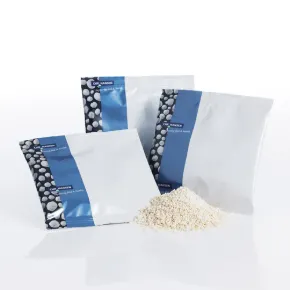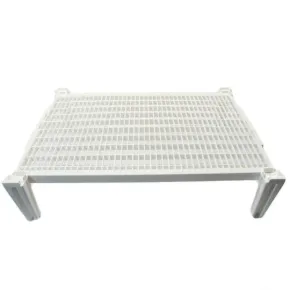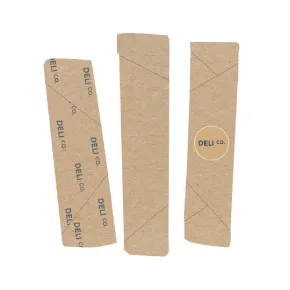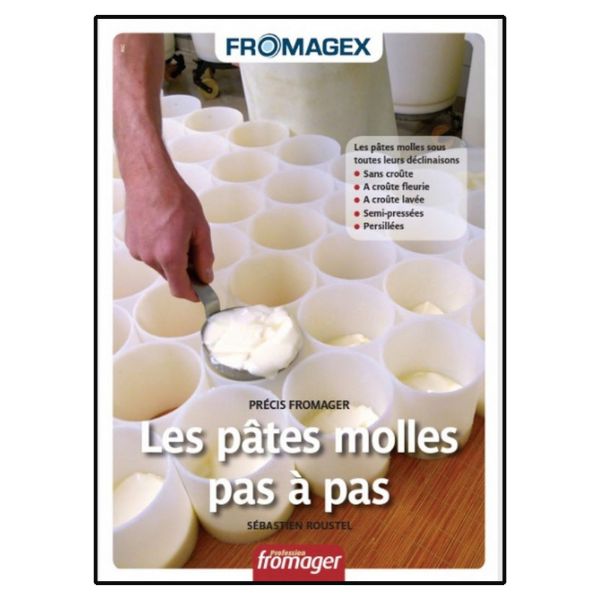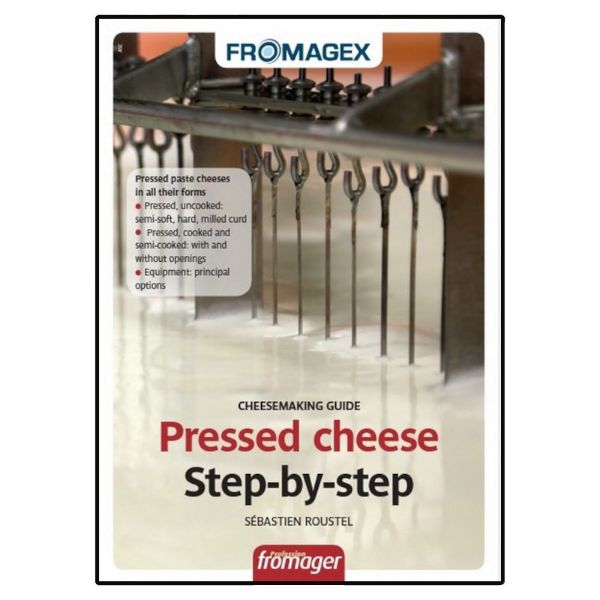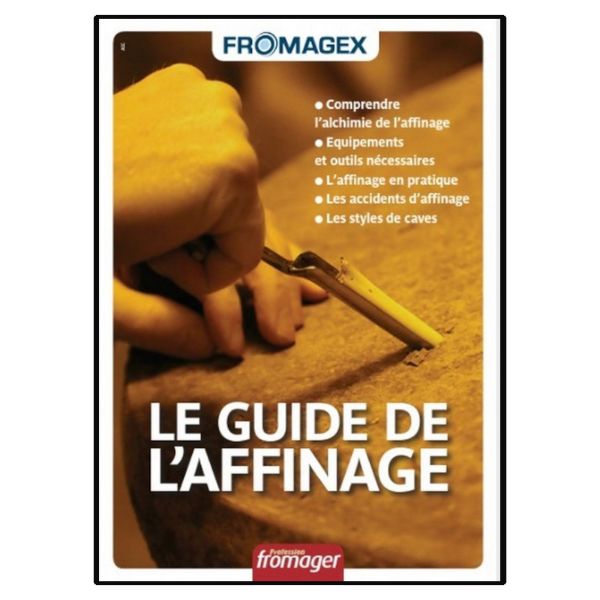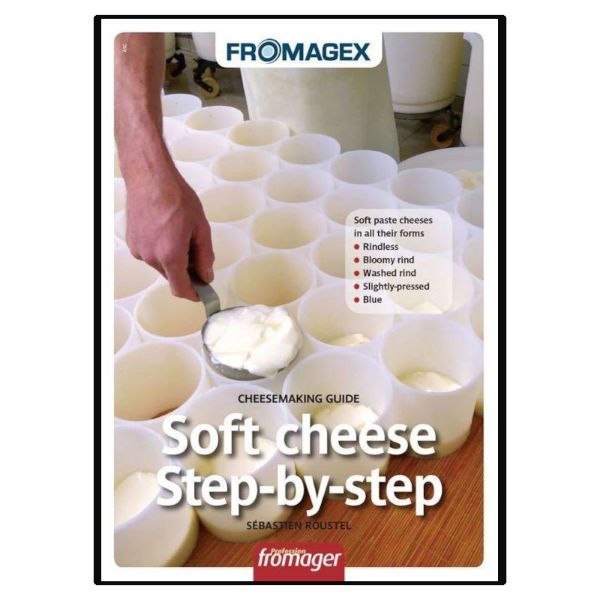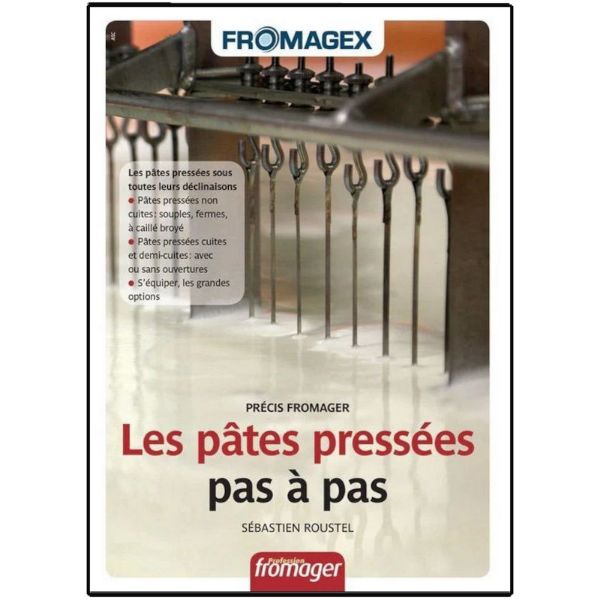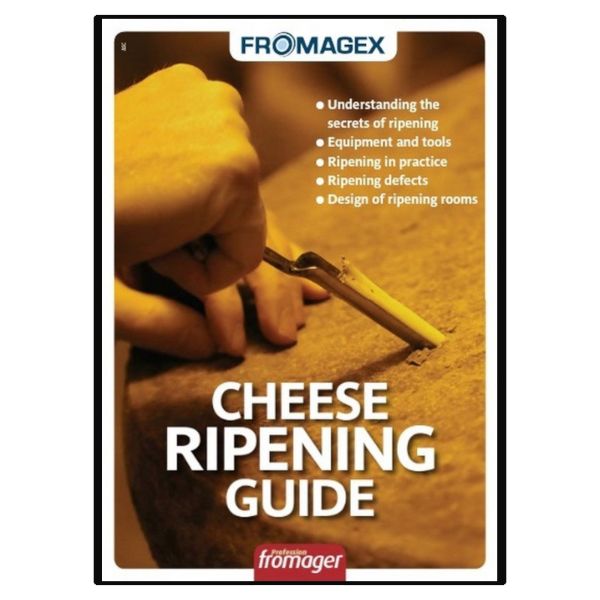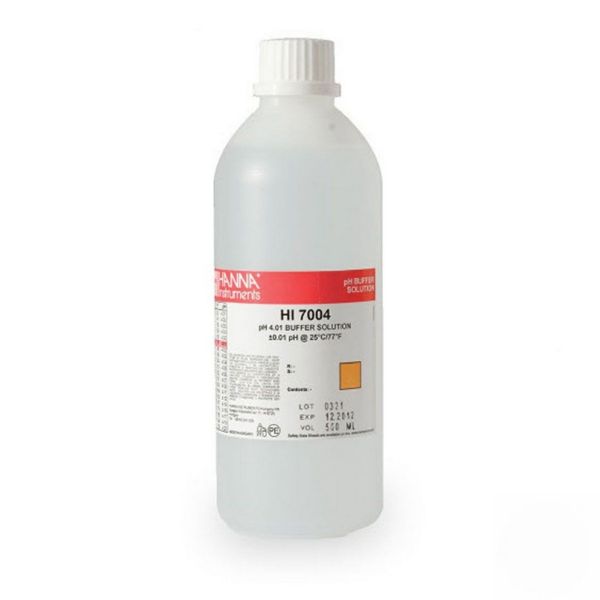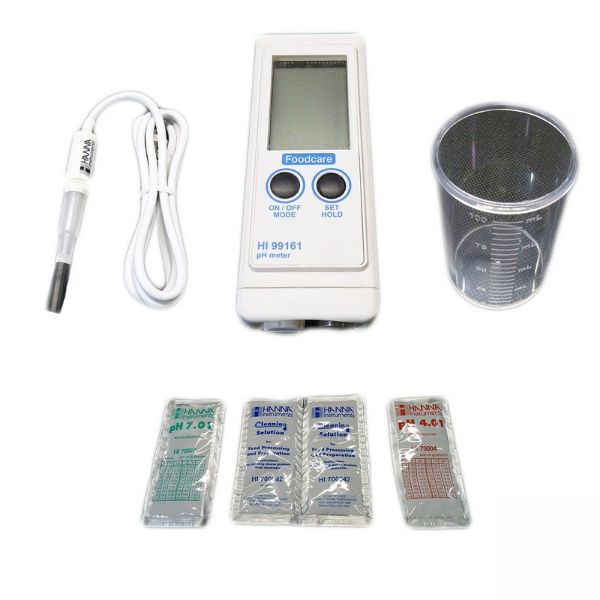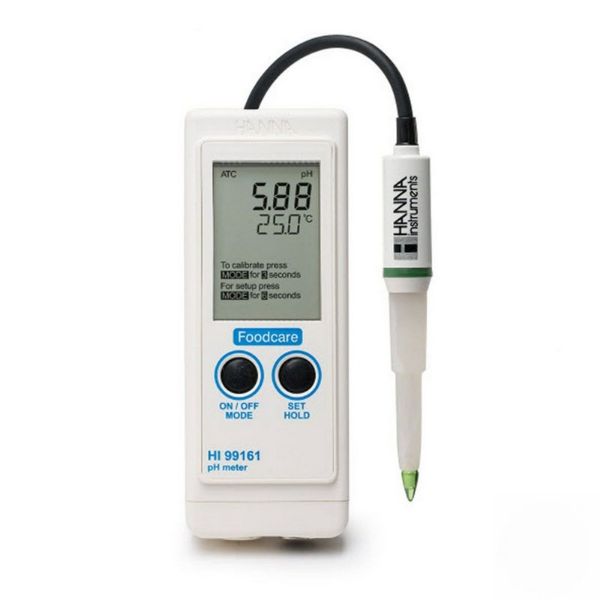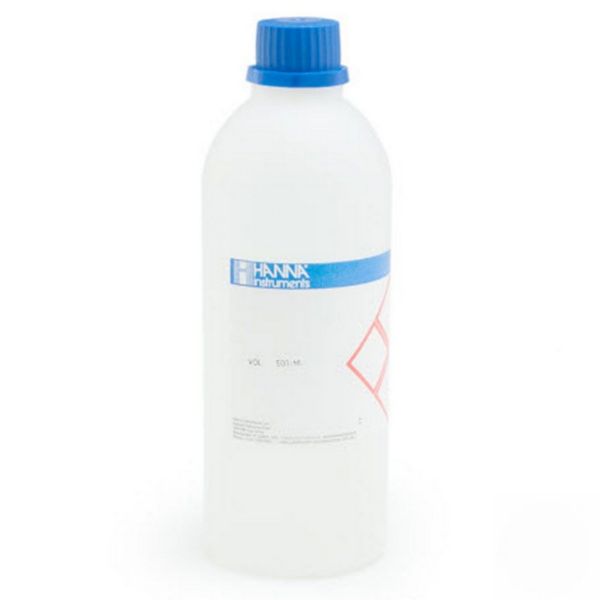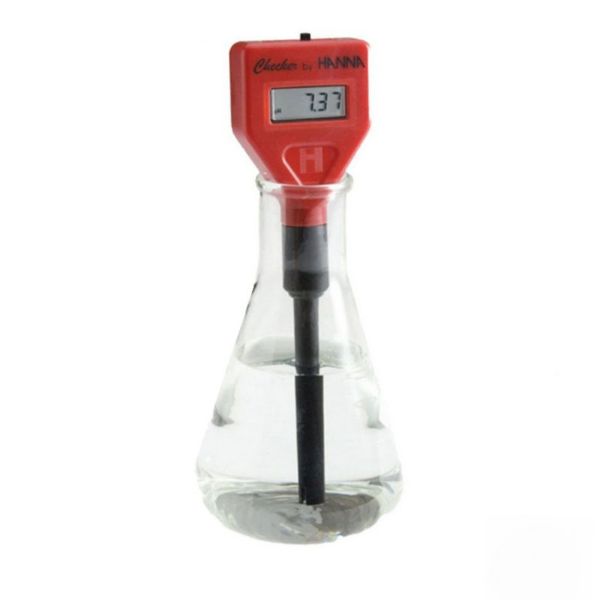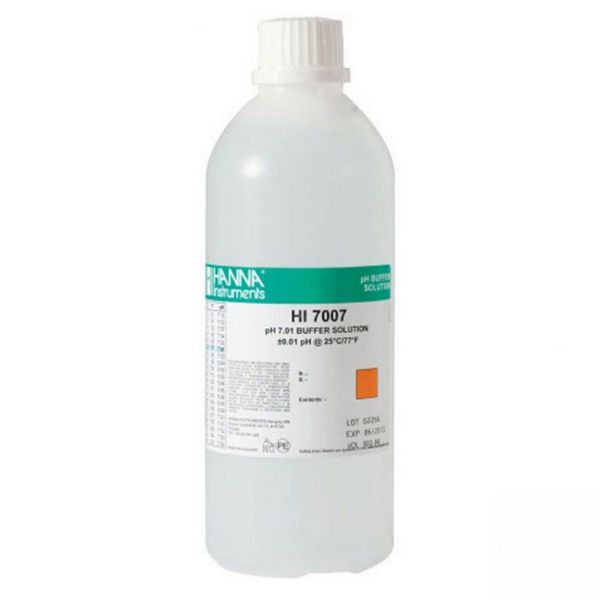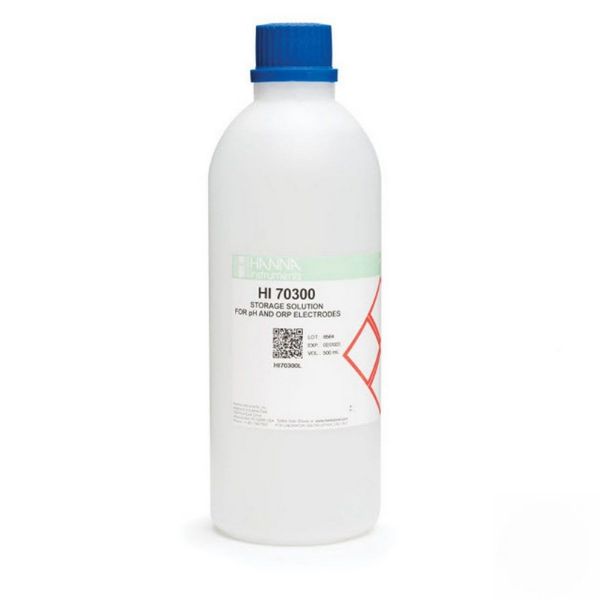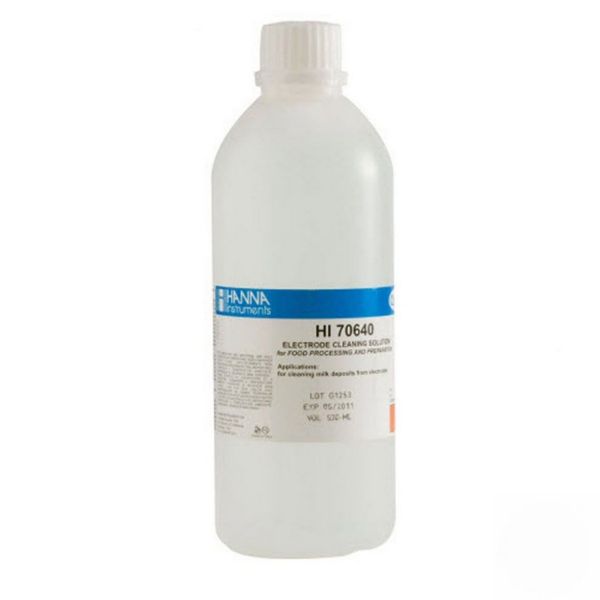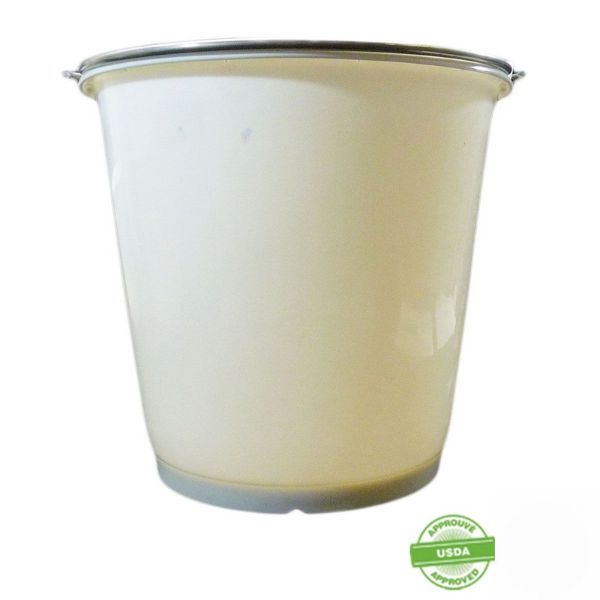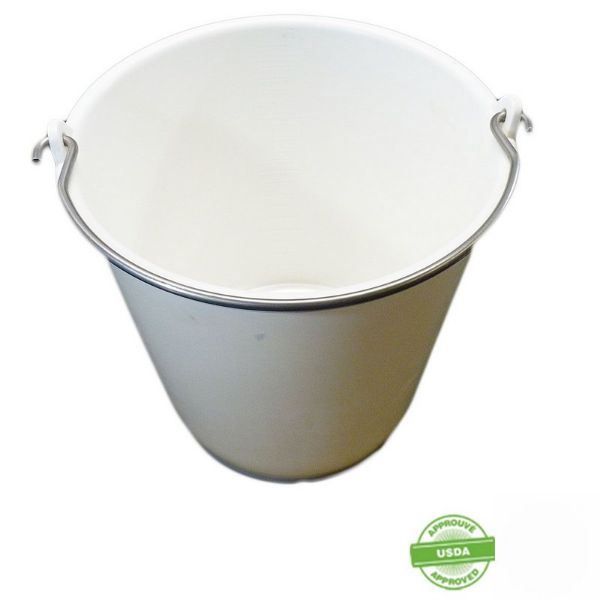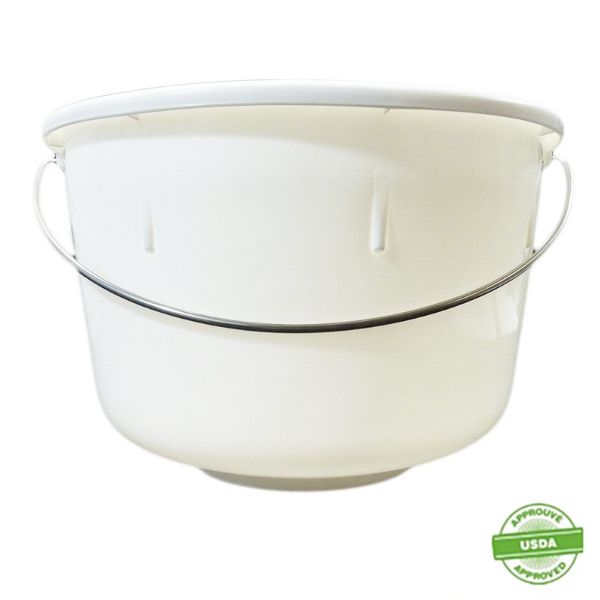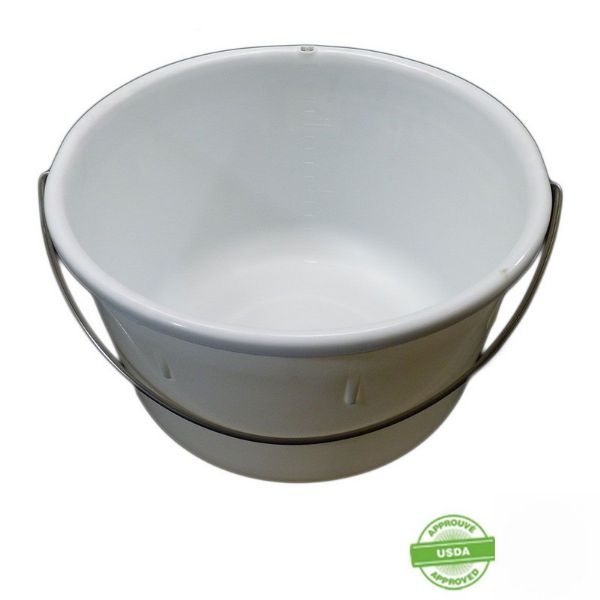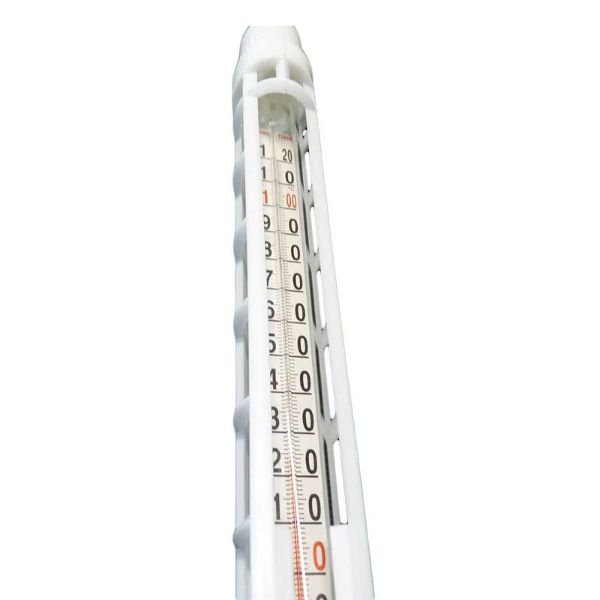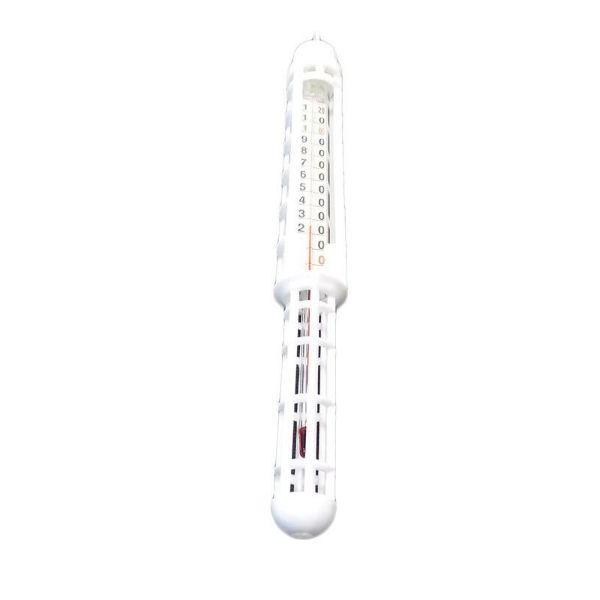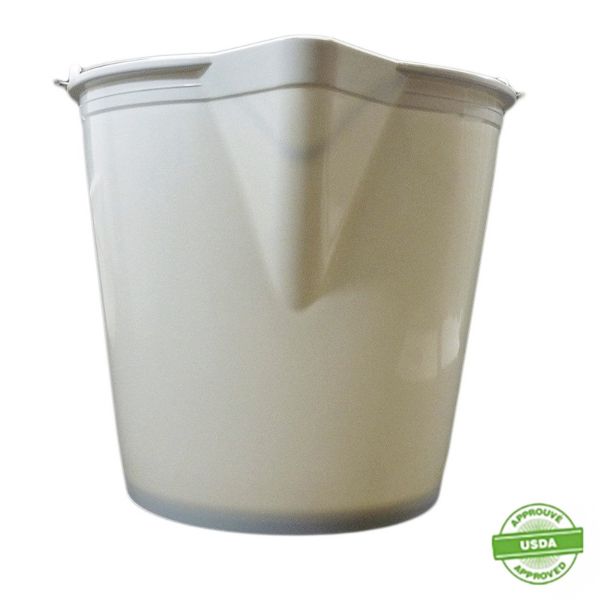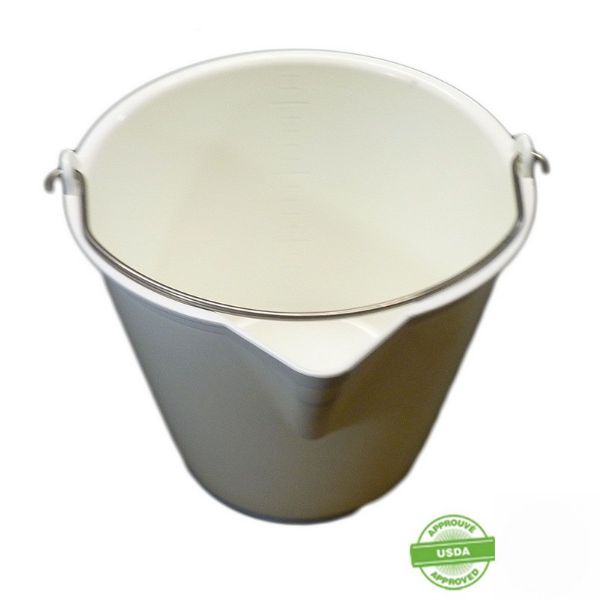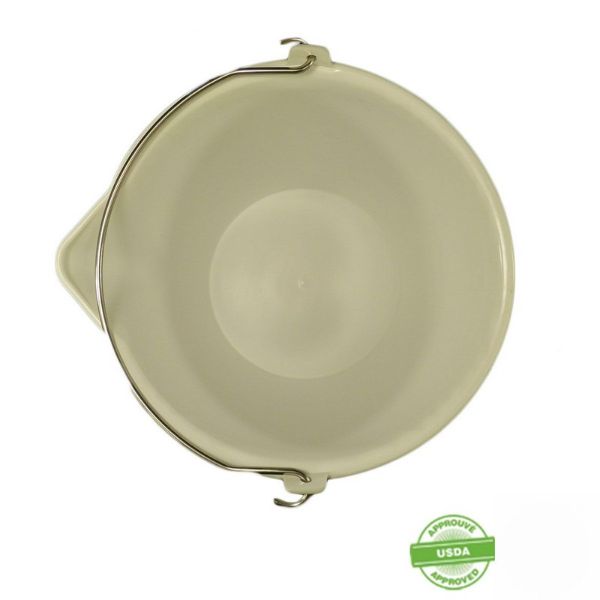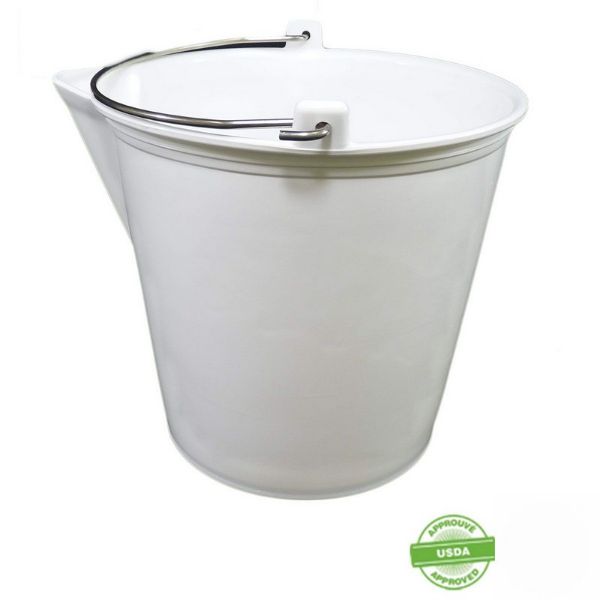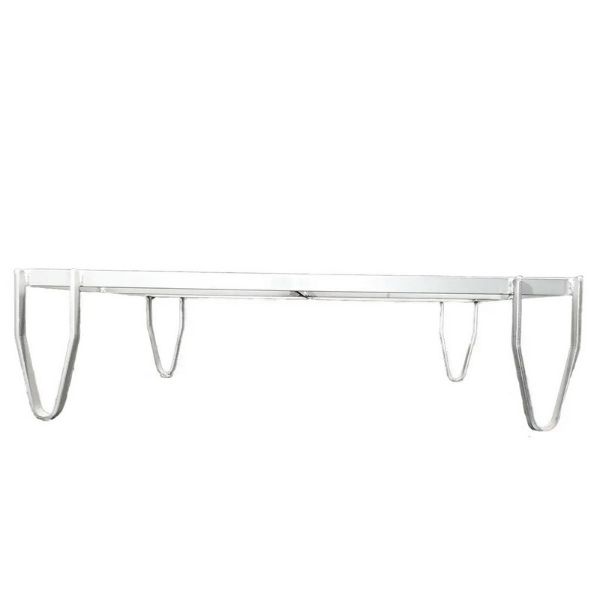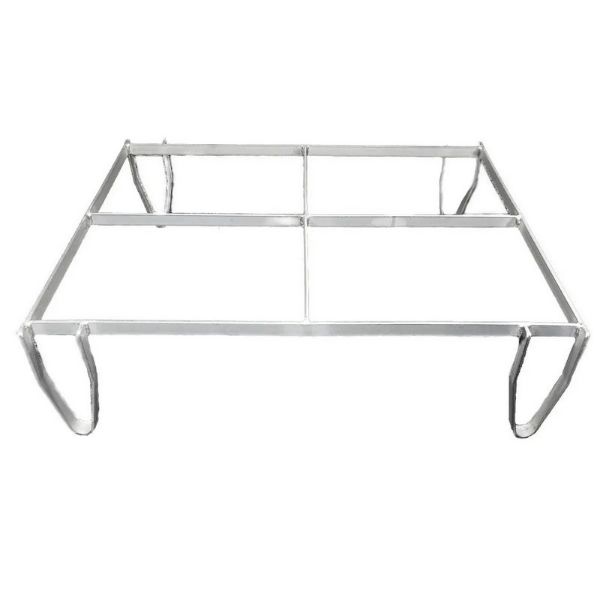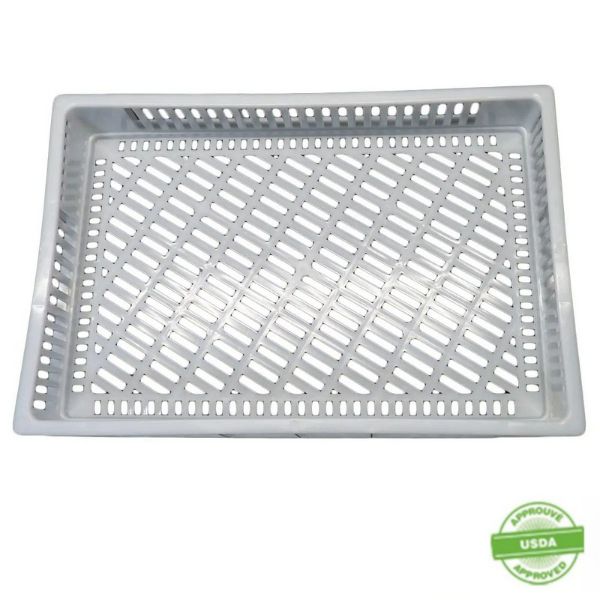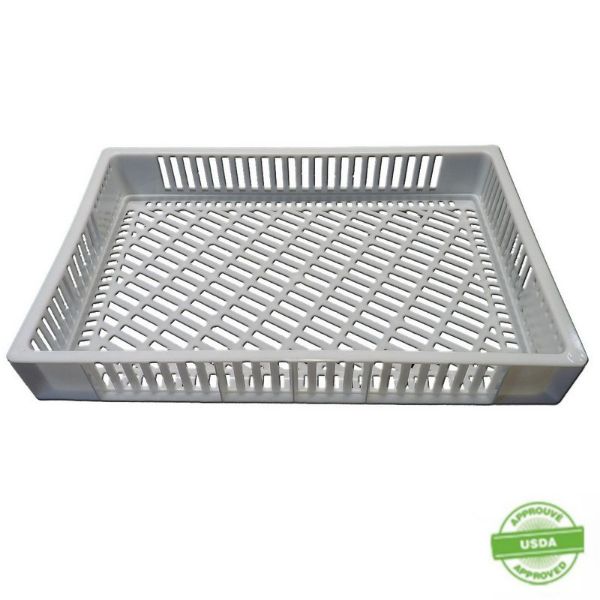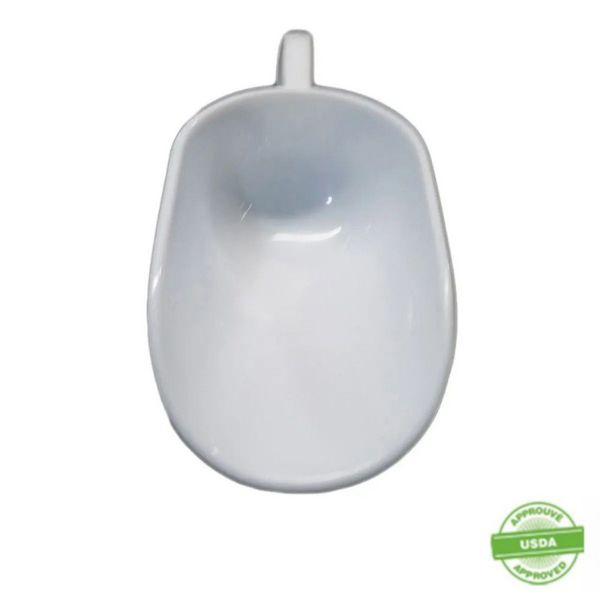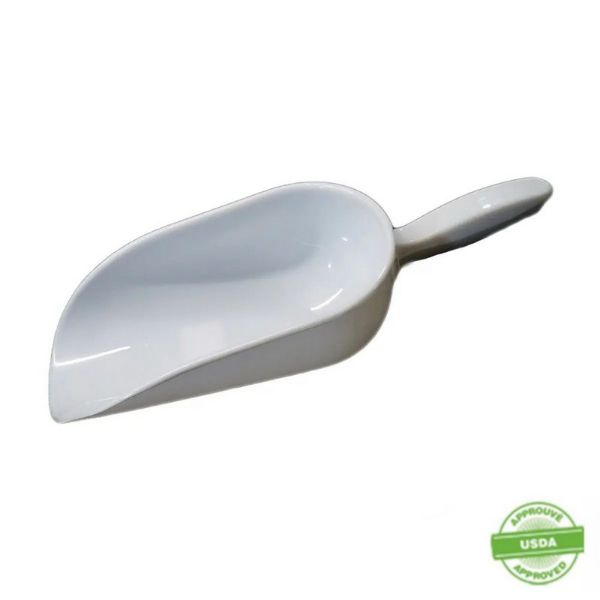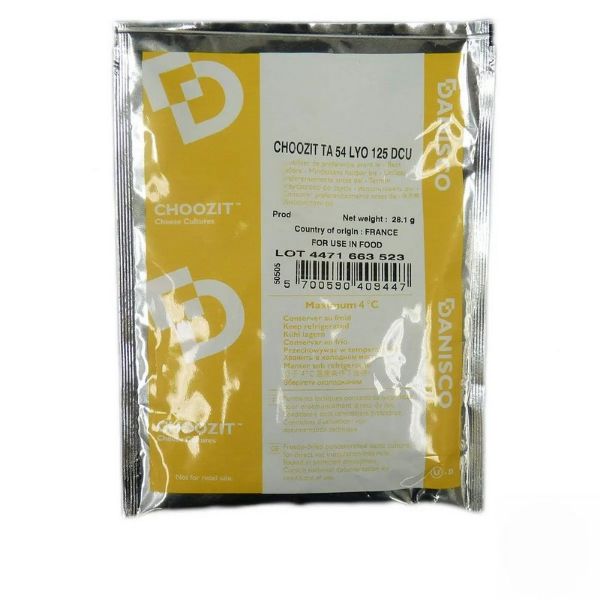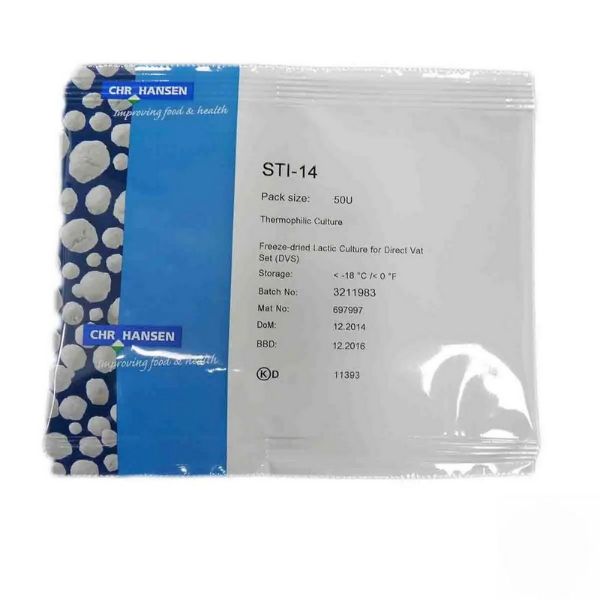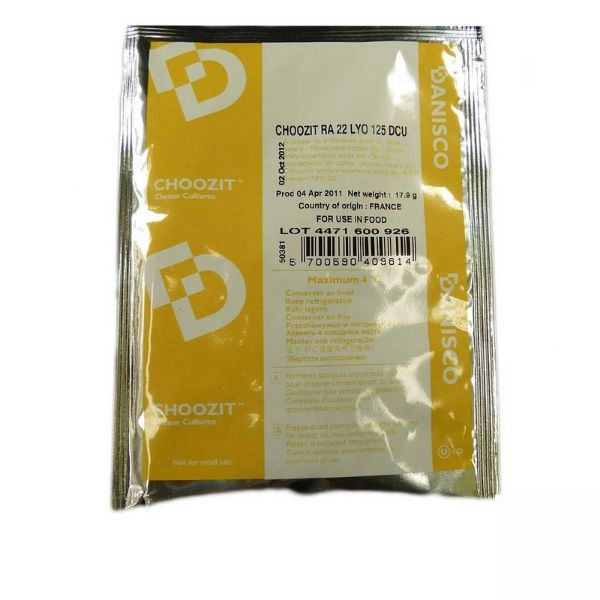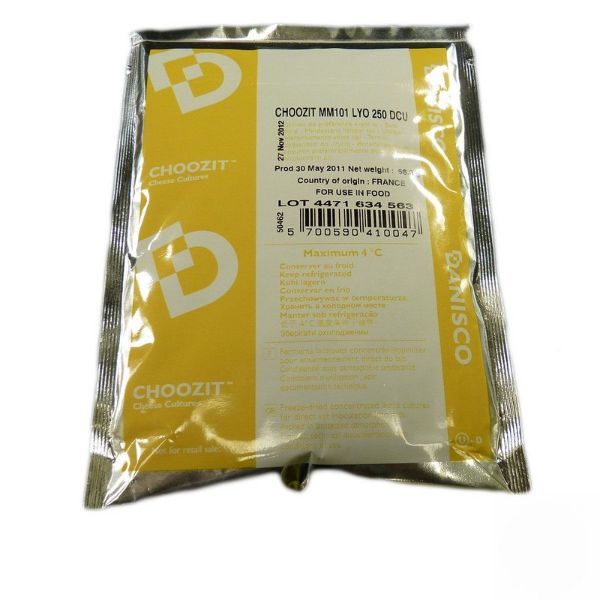Fermier Products
Les pâtes molles pas à pas
They often learn ‘on the job’.
This guide offers, in a precise, detailed, and accessible manner, step-by-step instructions for the main types of cheese that fall within this category.
Cheese technologist and educator with expertise in both the artisanal and industrial sectors, the author offers his understanding of the principles and his practical knowledge to the reader, taking care to offer detailed information about equipment, tools, and other requirements for successful cheesemaking.
He also lays out, step-by-step, optional adaptations to the cheesemaking process.
Author:
Sébastien Roustel is a cheesemaking technologist.
Pressed cheese step-by-step
This practical guide offers, in very concrete terms, recipes for a dozen iconic cheeses from this large family:
Tomme grise, Trappist, Raclette, Cheddar, Gruyère style…Cheesemaking technologist and instructor by profession, equally expert in the artisanal and industrial arenas, the author describes the precise steps to follow for each style, with adaptations and options throughout the process, including how to resolve occasional problems, while also including different configurations possible for equipment and tools.
Author:
Sébastien Roustel is a cheese technology expert at CHR-Hansen.
Prior to this he directed the research and development service at the Enilbio at Poligny.
He also wrote the guide “Soft Paste Cheese, Step-by-Step”, published in this same collection.
Le guide de l'affinage
- How to bring a soft curd with a bloomy mold rind to its optimum taste?
- How to get a creamy layer under the rind?
- When is it more appropriate to use static or ventilated refrigeration?
- How to inoculate a ripening cellar?
- How to make a smear?
One of a kind, sometimes reference technical work and sometimes field work, this guide provides concrete and pragmatic answers for all the big cheese families.
Written in simple language and accessible, it thus alternates general scientific knowledge, practical tips, implementation diagrams, testimonials from professionals, diagnostics and defect resolution sheets.
To those who want to embark on ripening, it will give the keys to understanding and reaction.
To those who already practice this art where the sense of the observation is preponderant, it will bring new insights and will allow them to perfect their practice.
Authors:
Arnaud Sperat-Czar is the publisher and editor-in-chief of the magazine « Profession Fromager ».
Sébastien Roustel, technologist and trainer, is in charge of development of cheese technology at CHR-Hansen.
He was previously the head of the Research and Development Department of Enilbio in Poligny.
Débora Pereira is a journalist, a researcher in information sciences and collaborator of « Profession Fromager».
She runs the association «Sertaobras», which works to promote the Brazilian cheese heritage.
The book benefited from the advice and careful reading of Bernard Mietton, renowned French technologist.
Soft cheese step-by-step
They often learn ‘on the job’.
This guide offers, in a precise, detailed, and accessible manner, step-by-step instructions for the main types of cheese that fall within this category.
Cheese technologist and educator with expertise in both the artisanal and industrial sectors, the author offers his understanding of the principles and his practical knowledge to the reader, taking care to offer detailed information about equipment, tools, and other requirements for successful cheesemaking.
He also lays out, step-by-step, optional adaptations to the cheesemaking process.
Author:
Sébastien Roustel is a cheesemaking technologist.
Les pâtes pressées pas à pas
This practical guide offers, in very concrete terms, recipes for a dozen iconic cheeses from this large family:
Tomme grise, Trappist, Raclette, Cheddar, Gruyère style…Cheesemaking technologist and instructor by profession, equally expert in the artisanal and industrial arenas, the author describes the precise steps to follow for each style, with adaptations and options throughout the process, including how to resolve occasional problems, while also including different configurations possible for equipment and tools.
Author:
Sébastien Roustel is a cheese technology expert at CHR-Hansen.
Prior to this he directed the research and development service at the Enilbio at Poligny.
He also wrote the guide “Soft Paste Cheese, Step-by-Step”, published in this same collection.
Cheese ripening guide
- How to bring a soft curd with a bloomy mold rind to its optimum taste?
- How to get a creamy layer under the rind?
- When is it more appropriate to use static or ventilated refrigeration?
- How to inoculate a ripening cellar?
- How to make a smear?
One of a kind, sometimes reference technical work and sometimes field work, this guide provides concrete and pragmatic answers for all the big cheese families.
Written in simple language and accessible, it thus alternates general scientific knowledge, practical tips, implementation diagrams, testimonials from professionals, diagnostics and defect resolution sheets.
To those who want to embark on ripening, it will give the keys to understanding and reaction.
To those who already practice this art where the sense of the observation is preponderant, it will bring new insights and will allow them to perfect their practice.
Authors:
Arnaud Sperat-Czar is the publisher and editor-in-chief of the magazine « Profession Fromager ».
Sébastien Roustel, technologist and trainer, is in charge of development of cheese technology at CHR-Hansen.
He was previously the head of the Research and Development Department of Enilbio in Poligny.
Débora Pereira is a journalist, a researcher in information sciences and collaborator of « Profession Fromager».
She runs the association «Sertaobras», which works to promote the Brazilian cheese heritage.
The book benefited from the advice and careful reading of Bernard Mietton, renowned French technologist.
Basket container 600 x 400 x 90 mm, 15 L
Perforated crate.
Designed to store delicate foodstuffs.
Perforated base and walls.
Build with side supports.
38 cm scoop
For lactic-type soft cheeses with fragile and high-moisture curd
TA 54 Freeze-dried 125 DCU
Freeze-dried concentrated lactic starter for the direct vat inoculation of milk and milk bases.
STI-14 Freeze-dried 50 u
Thermophilic lactic acid culture.
The culture is primarily applied in Pasta Filata cheese types e.
g Mozzarella and Pizza cheese types.
The culture can be applied alone or in combination with other lactic acid cultures, e.g. Lactobacillus delbrueckii subsp.bulgaricus and Lactobacillus helveticus.
RA 22 Freeze-dried 125 DCU
Freeze-dried concentrated lactic starter for the direct vat inoculation of milk and milk bases.
MM 101 Freeze-dried 250 DCU
A blend of defined strains of lactic bacteria for direct vat inoculation of milk, milk bases.
The culture is a freeze-dried powder.

